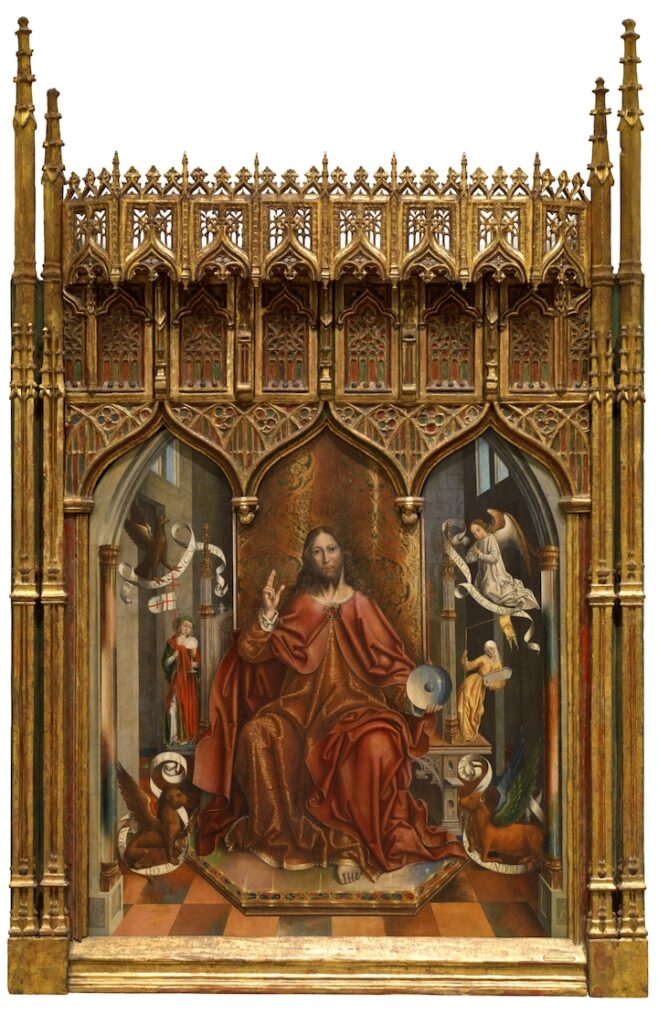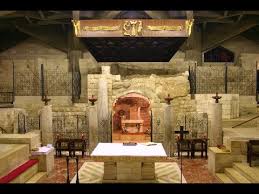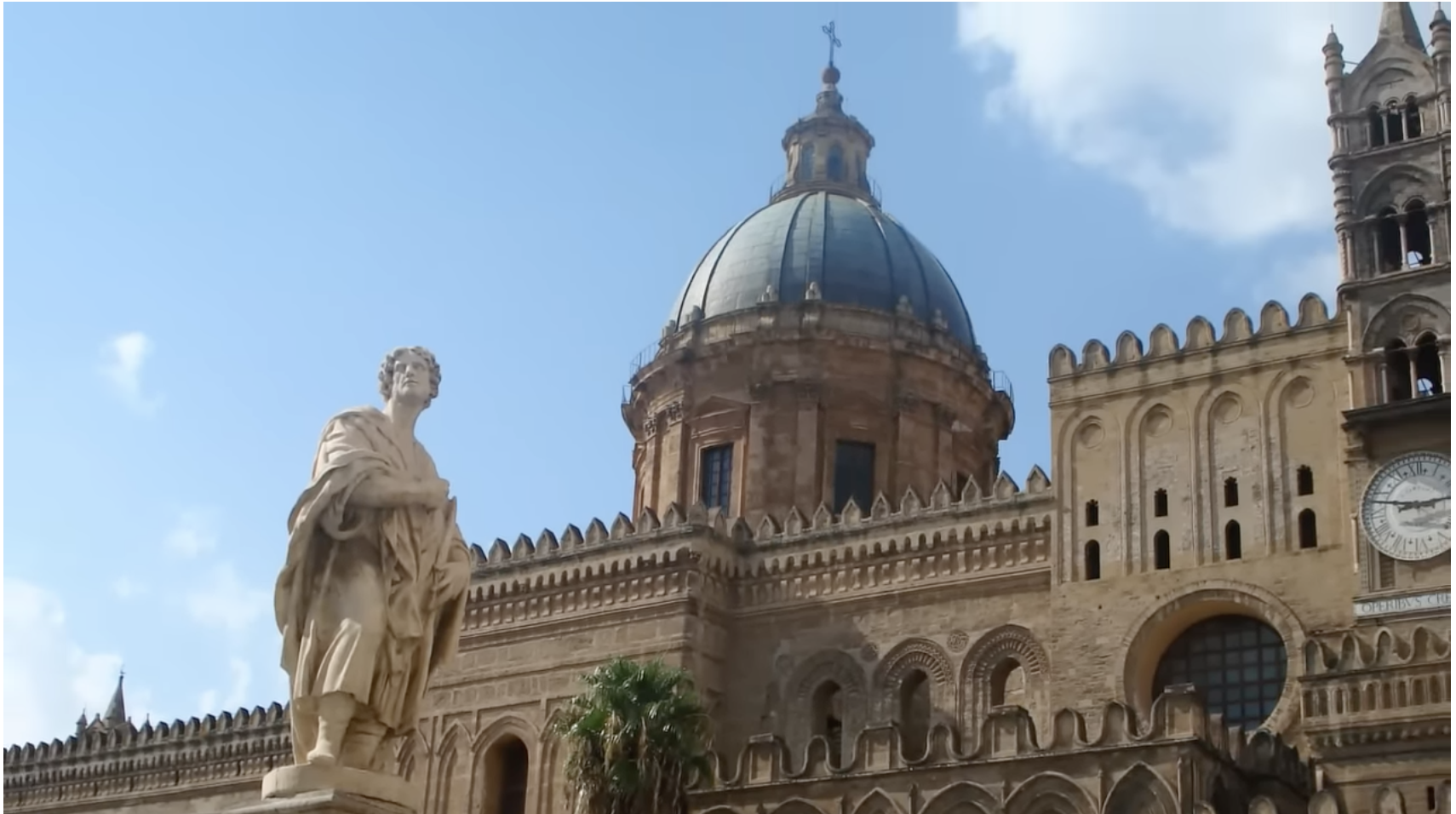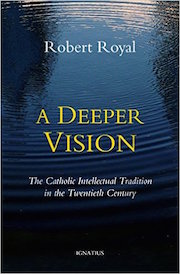In a recent interview, Pope Francis addressed the question of celibacy and the priesthood in the Catholic Church. He said that it’s a discipline that he does not intend to re-examine: “I don’t feel ready to reconsider it yet, but obviously it’s a matter of discipline, which has nothing to do with dogma. Today it’s the case and tomorrow it may no longer be. . . . [A] “time may come when a pope, perhaps, will revisit it.”
That’s a common view: Priestly celibacy is a “discipline,” or an “ecclesial law,” and thus it is not a doctrine that must be preserved forever. It can be repealed.
In his 1967 encyclical Sacerdotalis Caelibatus (On the Celibacy of the Priest), Pope Paul VI stated that priestly celibacy is a “brilliant jewel” that the Church has “guarded for centuries,” and “retains its value undiminished even in our time.” (¶1) Eight times he refers to celibacy as a “discipline” and sixteen times he asserts that it is a “law.”
In its Decree on the Ministry and Life of Priests, Presbyterorum Ordinis, the Second Vatican Council observed that “celibacy is in harmony with the priesthood,” and, therefore, is to be preserved as a “discipline” and “law” of the Church. (¶16). Although the magisterium has ardently praised priestly celibacy and authoritatively upholds its continuance, I believe that it is more than simply an “ecclesial discipline,” or a “Church law.”
Obviously, it is not necessary that a man be celibate in order to be ordained to the priesthood. In Eastern Orthodoxy, it’s common for priests to be married, though they must be married prior to their ordination. Orthodox priests, however, must refrain from sexual intercourse a day or more before celebrating the liturgy. Eastern Orthodox bishops must be celibate.
Within the Catholic Church, there are married men who are ordained priests – normally they were Anglican or Episcopalian “priests,” though they had to be ordained by a Catholic bishop upon becoming Catholic.
The Anglican Ordinariate is the most noticeable example. Initially, many of the Ordinariate’s priests were and are married. Men who now present themselves for ordination into the Ordinariate, however, must be celibate. Celibacy is not, then, an absolute precondition for the validity of ordination. Nonetheless, celibacy is so integral to the priesthood that it’s more than simply a “discipline” and a “law.”
In the Old Testament, the Levitical priests were obliged to abstain from sexual intercourse during the times when they were ministering in the temple. Marriage was not incompatible with being a priest, yet sexual abstinence was deemed necessary prior to performing liturgical tasks.

This understanding was enhanced in the light of Jesus Christ. Jesus, as the new and great high priest, was celibate throughout his entire life. The reason for his permanent celibacy was that he lived his entire life in obedience to his Father. He was always about his Father’s business in his Father’s house.
The culmination of his total celibate commitment to his Father was his sacrificial death on the Cross. As celibate, the Spirit-filled Jesus became the perfect temple in whom, as the perfect priest, he offered perfect worship of the Father, the gift of Himself. Jesus’ celibacy manifested, confirmed, and perfected his total and unmitigated, liturgical and sacrificial self-giving of Himself in love.
There isn’t space here to trace the historical growth of priestly celibacy in the early Church. But Pope Benedict XVI, following the Old Testament tradition, makes a pertinent point. In his and Cardinal Robert Sarah’s book on celibacy, From the Depths of Our Hearts, Benedict states:
Because of the regular and often even daily celebration of the Eucharist, the situation of the priests of the Church of Jesus Christ has changed dramatically. From now on, their entire life is in contact with the divine mystery. This requires on their part exclusivity with regard to God. Consequently, this excludes other ties that, like marriage, involve one’s whole life. From daily celebration of the Eucharist, which implies a permanent state of service to God, was born spontaneously the impossibility of a matrimonial bond. We can say that the sexual abstinence that was functional was transformed automatically into an ontological abstinence. Thus, its motivation and its significance were changed from within and profoundly.
Here we find the basis for my proposition that priestly celibacy is not simply a discipline or a law. Celibacy, as with Jesus’ own celibacy, manifests, confirms, and above all perfects the ordained ministry, which is most perfectly enacted in the celebration of the Eucharist. In the Eucharist, in the person of the celibate high priest, Jesus Christ, the celibate priest offers the once and for all perfect sacrifice – perfect worship of the Father.
While married priests celebrate the Eucharist, only the celibate priest manifests, in sacramental union with the celibate Jesus, the total and unreserved sacrificial self-giving of oneself in worship of the Father. Celibacy more fully conforms the priest into the likeness of Jesus, the great high priest – the complete giving of oneself in doing the Father’s work.
Because of all this, I believe that celibacy is not simply an ecclesial discipline or Church law, but is integral to the very nature of the ordained ministry. I would further propose that what we perceive, over the course of 2000 years, is an authentic development of doctrine. Because of this Spirit-imbued doctrinal development, it is now dogmatically impossible for priestly celibacy to be rescinded by the Church’s magisterium – either by a pope or an ecumenical council. Celibacy is so bound and intertwined to the sacrament of the ordained priesthood – as it was and is to Jesus’ own priesthood – that it cannot be revoked.
Celibacy enhances the beauty of the ordained priesthood – a marvelous gift that the celibate Jesus has given to the Roman Catholic Church. Celibacy should not, then, be despised or belittled. Rather, it should be treasured, for it is a vital doctrinal portion of the Catholic Church’s glorious patrimony.
*Image: Christ Blessing by Fernando Gallego, 1494 – 1496 [Museo del Prado, Madrid]















